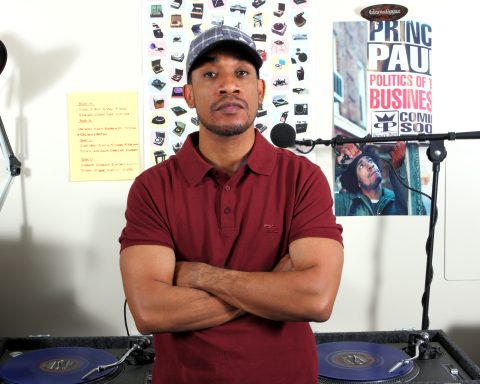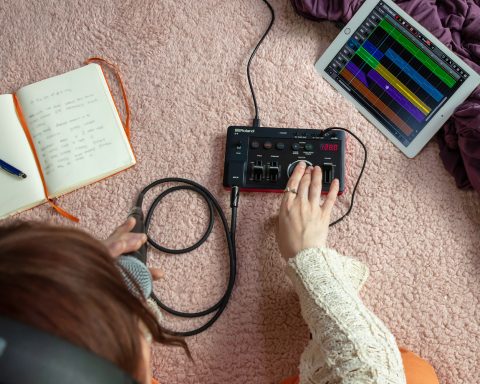30 years after its release, Joey Beltram’s “Energy Flash” remains one of the definitive techno tracks of all time. It can still sit easily in a modern DJ set. And at its foundation is a devilishly addictive, brutally dry TR-909 pattern, elaborated into an unforgettable song structure. It’s been endlessly analyzed and talked about. Still, like any musical classic, Beltram’s hit always rewards repeat listens.
Electronic Wunderkind
Queens native Beltram was 19 years old when he produced this track. Pressed about its origins, he emphasized to Iconic Underground Magazine in 2017 that production in this era was all about wiring up gear “with MIDI cables running across the room like clotheslines” and tweaking it to get a particular groove. That approach—getting the hardware jam going—is one techno classicists still swear by today.
You can hear that “Energy Flash” will be something special right away – including that hard-hitting, dry 909 kick. The open/closed high-hat pattern on the 909 propels this forward. It’s regular, but there’s a 3-against-2 pattern that keeps the rhythm from sounding static.
The beefy bassline also has a mirror-image form that’s hypnotic. Most of the track’s percussion is from the TR-707, including the distinctive rimshot in the intro, but layered on top of a 909 kick (or 909 kick sample). Those sounds are prominent, layering the clap, tambourine, ride, and that especially brash, repeated cymbal crash. (The ride and cymbal share the same PCM waveforms on both the TR-909 and 707.)
Beauty in a Minimal Arrangement
The minimalism of the 909’s percussion—clipped, crisp, tightly-tuned timbres—sits perfectly in Beltram’s carefully-composed interlocking patterns. But if you listen to the song, it’s also a master class in form. Some element is always changing purposely.
While it’s absent melody or verse/chorus structure, the appearance of those lush string samples and bubbling bass and the infamous whispered “ecstasy” all give you a feeling of a narrative. This isn’t a tool for DJs to use as a locked groove; it’s a song to play from end to end.
Beltram’s inspiration was clear. He grew up as a New Yorker who loved Detroit and Chicago sounds. Detroit legend Alan Oldham (aka T-1000) said in an October 1995 interview for the UK’s Generator that Beltram cleared out his record collection when he visited. At home, Beltram was the prototype of a bedroom (well, basement) producer. In that same Generator interview, Beltram lamented the “cleaned-up” NYC take on house. He said he grew up a “weirdo … living in my own little world.”
"The minimalism of the 909’s percussion—clipped, crisp, tightly-tuned timbres—sit perfectly in Beltram’s carefully-composed
interlocking patterns."
Basement-Born Beats
“Energy Flash” emerged from Beltram’s basement. The producer revealed in the 2017 IUM interview that another iconic track struck him with its aggressive, dry drum sound: Master C & ‘J’s 1986 “When You Hold Me,” on TRAX. Listen to that track, and you’ll hear a lot of the same structural elements.
Beltram pares back the vocal to a single word and makes his melodies darker, more fragmented. But while creating an entirely different track, the approach and mood are the same. It’s that visceral feeling he has said he wanted to capture.
More to Discover
Beltram wrote, produced, and mixed the record, which originally came out on Belgium’s R&S Records in 1990. R&S did a reissue (and Matt Colton remaster) in 2014.
Now, if you want an even more forward and aggressive take at a higher tempo, there’s also the 1999 remix by Graffiti On Mars. It also includes some spacey synth pad melody and extra samples. However, it leaves much of the structure alone even as it expands the length.
Remember there’s a lot more Beltram to discover after “Energy Flash.” Once you’re hooked by his best-known track, you’re bound to crave more.







